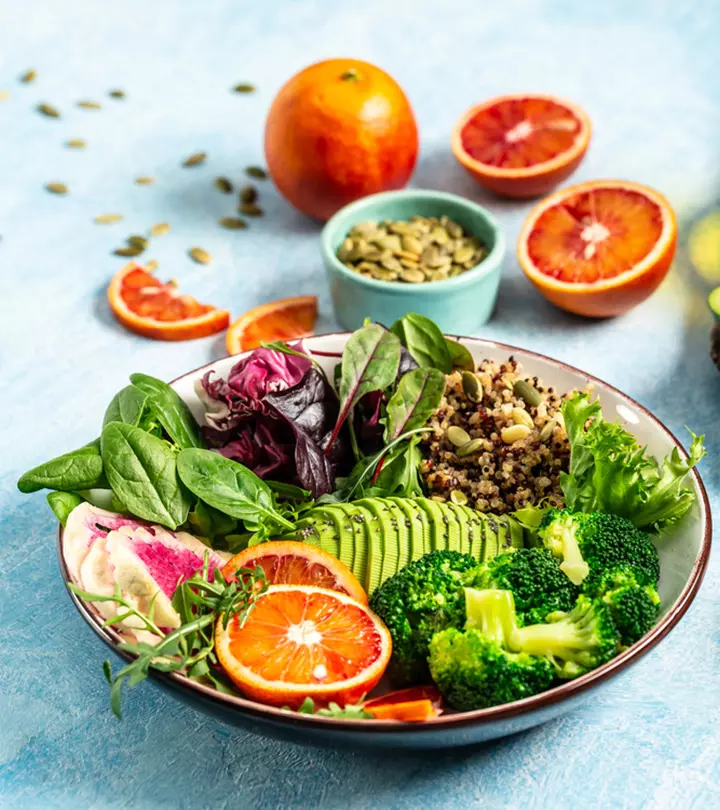A balanced diet is the key to good health and a happy life. In this blog post, we’ll explore what a balanced diet is, the different food groups, and how to create a diet chart that works for you.
What is a Balanced Diet?
A balanced diet is a way of eating that provides your body with all the essential nutrients it needs to function properly. This means including a variety of foods from all the different food groups in the right proportions. A balanced diet helps to maintain a healthy weight, reduces the risk of chronic diseases, and boosts your energy and overall well-being.
Food Groups
There are five main food groups that make up a balanced diet:
- Grains: Grains provide the body with energy and are an important source of fiber. Whole grains, such as brown rice, oats, and quinoa, are preferred over refined grains like white bread and pasta.
- Fruits and Vegetables: Fruits and vegetables are packed with vitamins, minerals, and antioxidants, and are essential for good health. Aim for a variety of colors and types to ensure you’re getting a wide range of nutrients.
- Proteins: Proteins are essential for building and repairing tissues in the body. Good sources of protein include lean meats, poultry, fish, beans, nuts, and seeds.
- Dairy and Alternatives: Dairy products like milk, yogurt, and cheese are a good source of calcium and protein. If you’re lactose intolerant or prefer to avoid dairy, there are many non-dairy alternatives available, such as almond milk and tofu.
- Fats and Oils: Fats and oils are important for providing energy and helping the body absorb essential vitamins. Choose healthy fats, such as olive oil, avocado, and nuts.
Diet Chart
Creating a diet chart can help you plan and track your meals to ensure you’re getting a balanced intake of all the essential nutrients. Here’s a sample diet chart to get you started:
Breakfast
- Oatmeal with fruit and nuts
- Scrambled eggs with toast and vegetables
- Yogurt with granola and berries
Lunch - Grilled chicken salad
- Turkey wrap with vegetables and hummus
- Vegetable stir-fry with brown rice
Snack - Apple with peanut butter
- Greek yogurt with fruit
- Handful of nuts or seeds
Dinner - Baked salmon with vegetables
- Roasted chicken with sweet potato and broccoli
- Lentil soup with a side salad
It’s important to note that everyone’s calorie and nutrient needs are different, so it’s best to consult with a registered dietitian or healthcare provider to create a diet chart that’s tailored to your individual needs. Additionally, aim for moderation and variety in your diet, and avoid processed foods and sugary drinks as much as possible.
In conclusion, a balanced diet is the foundation of good health. By including a variety of foods from all the food groups and following a balanced diet chart, you can provide your body with the nutrients it needs to thrive. Remember, small changes can make a big difference in your overall health and well-being. Start making those changes today and enjoy the benefits of a healthy, balanced diet!


